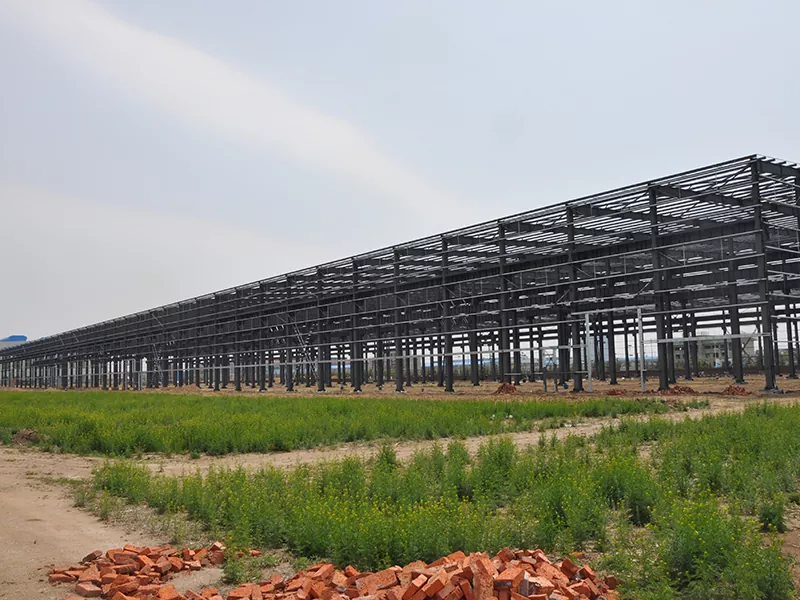Foundation Preparation of Steel Structure Warehouse
2024-06-14
Preparing the foundation for a steel structure warehouse is a critical step to ensure the stability, durability, and safety of the building. Here is an outline of the foundation preparation process:

1. Site Assessment and Preparation
1. Survey and Soil Testing:
- Conduct a thorough site survey to understand the topography.
- Perform soil tests to determine the soil bearing capacity and identify any potential issues such as high water tables, loose soil, or rock layers.
2. Clearing and Grading:
- Clear the site of vegetation, debris, and any existing structures.
- Grade the site to create a level base for construction, ensuring proper drainage away from the building site.
2. Foundation Design
1. Load Analysis:
- Calculate the loads the foundation will need to support, including dead loads (weight of the structure), live loads (occupancy and equipment), and environmental loads (wind, seismic activity).
2. Foundation Type Selection:
- Shallow Foundations: Suitable for sites with strong, stable soil. Types include strip footings, pad foundations, and raft foundations.
- Deep Foundations: Required for sites with weak or unstable soil. Types include piles (driven or bored) and drilled shafts.
3. Excavation
1. Excavation Work:
- Excavate the site according to the foundation design specifications.
- Ensure the excavation depth reaches stable, load-bearing soil.
2. Trenching:
- Dig trenches for strip footings or isolated footings as per the design.
4. Formwork and Reinforcement
1. Formwork Installation:
- Set up formwork to shape and support the concrete until it cures.
- Ensure formwork is properly aligned and braced to prevent movement.
2. Reinforcement Placement:
- Place steel reinforcement bars (rebar) within the formwork as specified by the structural engineer.
- Ensure proper spacing and secure the rebar to prevent displacement during concrete pouring.
5. Concrete Pouring
1. Mixing and Pouring:
- Mix concrete to the specified strength and consistency.
- Pour concrete into the formwork, ensuring it is evenly distributed and free of air pockets.
2. Compacting and Curing:
- Use vibrators to compact the concrete and remove air bubbles.
- Cure the concrete properly by keeping it moist and covered, which helps it gain strength and durability.
6. Inspection and Quality Control
1. Quality Checks:
- Inspect the foundation for proper alignment, level, and dimensions.
- Conduct tests such as slump tests and compression tests to ensure the concrete meets required specifications.
2. Corrective Actions:
- Address any issues identified during inspections, such as cracks or misalignments.
7. Surface Preparation
1. Surface Finishing:
- Smooth and level the top surface of the foundation to ensure a proper base for the steel structure.
- Apply a waterproofing layer if required to protect the foundation from moisture.
2. Anchor Bolt Placement:
- Install anchor bolts in the wet concrete as per the design to secure the steel columns.
- Ensure precise placement for accurate alignment of the steel framework.
8. Final Preparation
1. Backfilling and Compaction:
- Backfill around the foundation with soil, sand, or gravel, and compact it to prevent settling.
- Ensure proper grading around the foundation to facilitate drainage away from the building.
2. Preparation for Steel Erection:
- Clean the foundation surface and prepare it for the erection of the steel structure.
- Mark and set out positions for the steel columns and other components.
By following these steps, you can ensure a solid and reliable foundation for your steel structure warehouse, which is essential for the overall integrity and longevity of the building.


